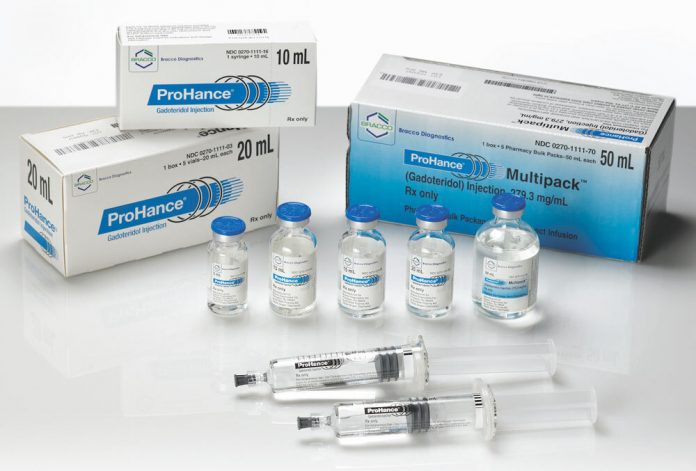What To Know
- The approval of the extended label was based on a study of pediatric patients undergoing magnetic resonance imaging (MRI) of the central nervous system (CNS) showing that ProHance at the standard dose (0.
- 17 were less than 1 month of age, 40 were between 1 month and 6 months of age, 29 were between 6 months and 12 months of age, and 39 were between 12 months and 24 months of age.
December 23, 2020
ProHance (Gadoteridol) Injection, 279.3 mg/mL for intravenous use with magnetic resonance imaging (MRI) in pediatric patients under two years old, including term neonates, to visualize areas with disrupted blood brain barrier and/or abnormal vascularity throughout the brain, spine and associated tissues has received FDA Clearance.
ProHance was previously approved for this use in patient populations over the age of two.
“Term neonates, our youngest patients, are special and this approval is an important milestone in providing them with the specialized care they need,” said Vittorio Puppo, President and CEO of Bracco Diagnostics Inc. “Bracco is dedicated to providing healthcare providers with safe and effective contrast media to help them meet the challenges presented by this unique patient population, and ultimately improve diagnosis. The inclusion of term neonates to the label reinforces the safety of ProHance, the fastest growing GBCA on the market today.”
The approval of the extended label was based on a study of pediatric patients undergoing magnetic resonance imaging (MRI) of the central nervous system (CNS) showing that ProHance at the standard dose (0.10 mmol/kg) was effective in improving the three co-primary visualization endpoints: lesion border delineation, visualization of lesion internal morphology, and lesion contrast enhancement. Pharmacokinetic (PK) simulations and safety evaluations indicate that these data in pediatric patients under two years of age were similar to those of adults.
The retrospective study enrolled 125 pediatric patients with ages ranging from term neonates to 24 months old; 17 were less than 1 month of age, 40 were between 1 month and 6 months of age, 29 were between 6 months and 12 months of age, and 39 were between 12 months and 24 months of age. Three independent, blinded radiologists evaluated the paired pre- and post-contrast MRI image sets and all three reported improvement in the paired image sets for each of the three co-primary endpoints.
More information and prescribing details can be found here.


